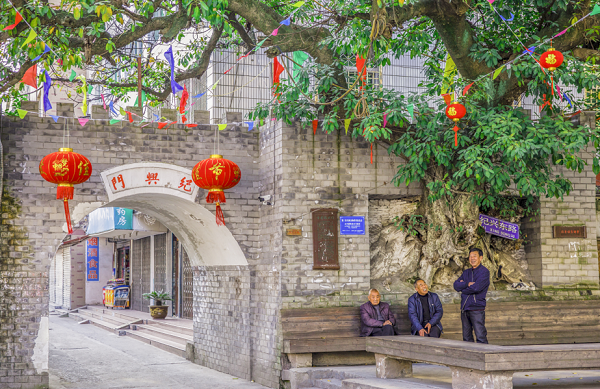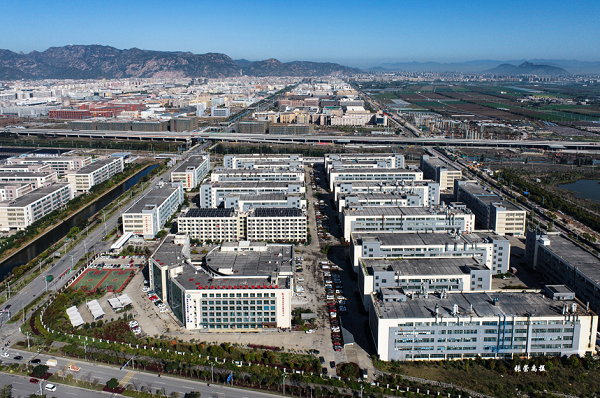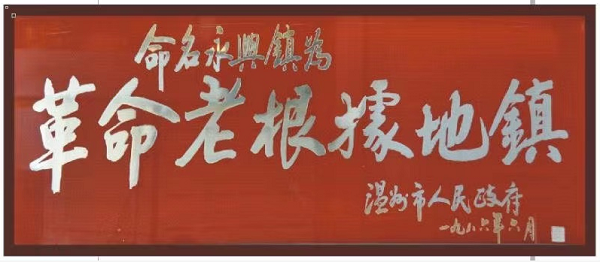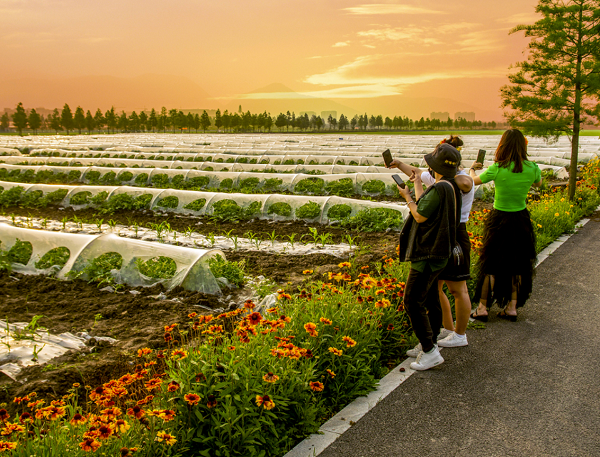Yongxing inherits history of prosperity

Jixing Gate is one of the two water gates of Yongxing Fortress. [Photo/WeChat account: longwanfabu]
Yongxing, which means live long and prosper in Chinese, is one of the most bustling areas in Longwan. Its over 2,000 enterprises, most serried micro and small industrial parks, and its impressive annual industrial output value make the sub-district worthy of its name.
But if you rewind to several hundred years ago, you will find that prosperity has been a feature of Yongxing throughout its history, as it was home to the Yongjia Saltworks and Yongxing Fortress.
In 758, the first year of the reign of Emperor Suzong of the Tang Dynasty (618-907), Yongjia Saltern was established as the first royal saltworks in Wenzhou, and it remained in operation until the mid-1990s. The saltern also fostered the formation of an ancient road connecting Yongxing and downtown Wenzhou, which saw many merchants shuttling to and fro for a bucket of gold.

A bird's-eye view of the airport industrial park in Yongxing. [Photo/WeChat account: longwanfabu]
Yongxing Fortress, in addition to the better-known Yongchang Fortress, also witnessed the intelligence and diligence of local residents. Though the fortress, which had six city gates, two water gates and four-sided moats, was torn down in the Qing Dynasty (1644-1911), Xiayang Street continued to prosper for another 600 years.
Educator Zhang Zhenkui, who passed the county-level imperial examination at the age of 17 and the provincial imperial examination at the age of 21, came from one of the most notable families in Yongxing. Over 30 of his descendants have made outstanding contributions in education, medical treatment, and scientific research.

Yongxing is honored by the Wenzhou government as a revolutionary base area. [Photo/WeChat account: longwanfabu]

Yongxing is the largest grain and vegetable production base in Longwan. [Photo/WeChat account: longwanfabu]








